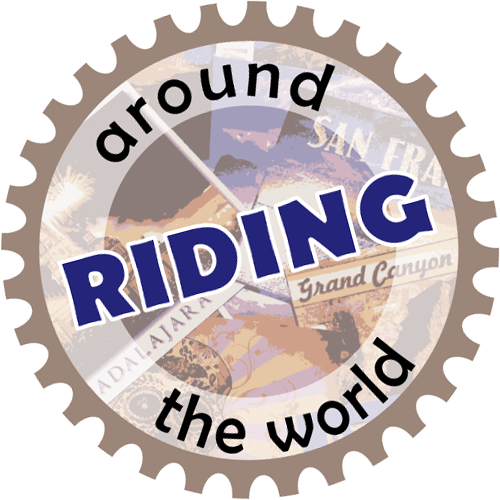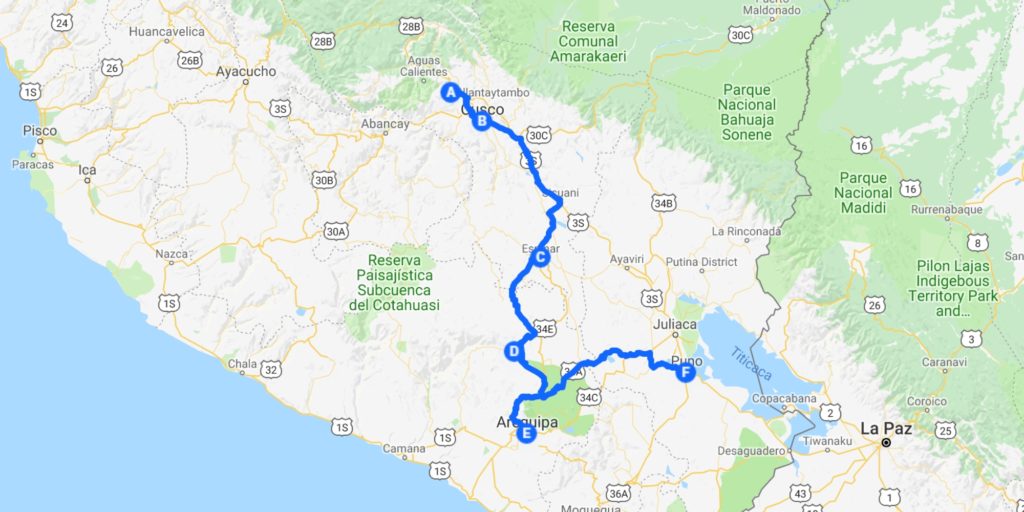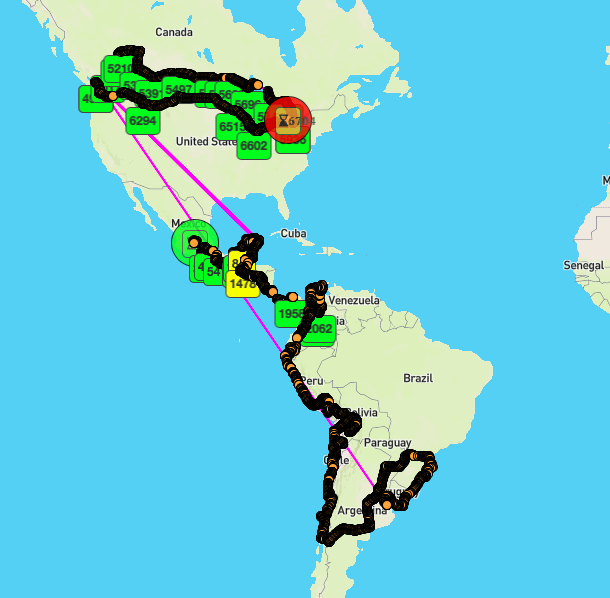Monday was a great day to visit the 15th-century Inca citadel that has countless numbers of foreigners visiting Peru for. We knew we would be going to Machu Picchu since the inception of this trip and after 420 days on the road, we made it. Yes, it is heavy on the tourist traffic; however, it is a majestic site that is absolutely worth visiting.
As much as we like discovering amazing places that no ever talks about, we’re of the mindset that famous sites are usually famous for a reason and we have seldom been wrong. Just as much as any other sensible person, we hate being around inconsiderate people who stop to take 5,000 selfies from the same angle without regard for others, but until we can send all the stupid people to another planet, we exercise patience.
Many archaeologists believe that Machu Picchu was constructed as an estate for the Inca emperor, Pachacuti, around 1450. It was abandoned a century later at the time of the Spanish Conquest and remained unknown to the outside world until 1911, when historian Hiram Bingham brought it to international attention. Machu Picchu was declared a UNESCO World Heritage Site in 1983 and in 2007, it was voted as one of the New Seven Wonders of the World in a worldwide Internet poll.
Of all the sites we have visited throughout this trip, Machu Picchu was, unsurprisingly, the most expensive one. The entry to the site is 150 PEN (~60 CAD) per person, which doesn’t sound like much for such a famous site, but the real cost comes in getting to it. The town at the bottom, Aguas Calientes, could not be reached by bike as there is no road so our only options were to either do a 10-hour hike from Ollantaytambo or take a train. We opted for the train and ended up spending 535 PEN (~212 CAD) per person for a round-trip. Plus, the bus ride from Aguas Calientes to the entrance was 12 USD (~15 CAD) per person, which can be foregone in favour of a 1.5 hour uphill hike.
We’re not rolling in money by any means; we just made room in our budget for this and we highly recommend the same to anyone looking to visit the site. Even if you are in exceptional shape rivaling a pro-athlete, know that the hike from Ollantaytambo to Aguas Calientes is not without risks and should not be undertaken alone.
A few things to note for anyone thinking about visiting Machu Picchu:
- The site itself involves a lot of walking and climbing on uneven surfaces so good shoes and comfortable clothing are highly recommended
- Dress in layers as it can be quite warm during the day, but as soon as the sun starts to go down, it can get very chilly
- Give yourself enough time because line-ups (bus, entrance, etc) can be very long
We had given ourselves a rest day after visiting Machu Picchu because we knew that the day we visit the site would be a long one. Ollantaytambo was a delightful place to spend such a day because even though it is a tourist-heavy town, it is also very laid-back and a lot nicer than most of the others we had visited in Peru.
The day after our rest day, we had a 2-hour ride to Cusco, where we stopped for a week. Cusco is a lovely historic city that was the site of the capital of the Inca Empire until the Spanish Conquest. It is not a very big city and a week was plenty of time to enjoy the city itself with an out-of-town day-trip thrown in for good measure.
Our day-trip from Cusco was to the Salineras de Maras (Maras Salt Mines) for no other reason than that it looked cool in all the online pictures and this is one of those places that actually delivered. The site hosts a myriad of salt evaporation ponds nestled in the mountains that have been in use since before the time of the Incas. While the ponds vary in shade from one another, don’t be fooled by heavily-edited pictures online that make them look rainbow-hued. Nonetheless, it is still an impressive site to behold, especially when you consider that these ponds had been meticulously created by hand.
After Cusco, the next site on our horizon was the Colca Canyon, but since that was an 8-hour road, we split the ride over two days. Our first stop was in Espinar, an unremarkable town that fell around mid-way. The ride was on a mostly-paved road, save for the last little stretch going into the town on gravel, but it was manageable.
On the following day, what was supposed to be a 4-hour ride on a dirt road turned out to be a grueling 6-hour ride on a road that started out as packed gravel and then turned to loose stones with around half-a-dozen river crossings before transitioning to sand. The real kicker was that shortly after we spotted paved roads in the distance, we were greeted by around 200 meters of mud that we had to get through first.
Because of our load and because we want the bike (and us) to stay unbroken through to the end of the trip, we don’t go off-road often and opt for paved roads as much as we can. I can’t help being marveled at the irony of the one time we do go, we get all the bad road conditions thrown at us at once. The bright side was that we enjoyed some breathtaking views… before we got fed-up of the bad roads (around an hour in).
The Colca Canyon was an hour away from the town we stayed in so we started our next day a bit later than usual. Plus, the extra bit of sleep was much-needed. The ride to the canyon was lovely and we filmed and stopped for pictures along the way. The Colca Canyon itself was quite impressive as it is one of the deepest canyons in the world with a depth of 3,270 meters. It is supposed to be one of Peru’s most-visited sites, but to our delight, we had the place to ourselves and even got to fly our drone. The one thing we did not like so much was that we had to pay 110 PEN (~44 CAD) before the two of us could visit it. At least we didn’t get tour guide forced upon us.
Our last must-visit place in Peru was Arequipa, a colonial city around 3 hours away from Yanque. This was undoubtedly the nicest of Peru’s cities (that we visited) with all its ashy white historical buildings which are constructed from volcanic rock. We had a great couple of days exploring the city and we even tried the local food specialty, the chupe de camarones, a spicy shrimp soup that was absolutely delicious.
The last necessary stop we made was in the town of Puno before we crossed into Bolivia. The town was a 5-hour ride and nothing special so all we did was have some delicious pizza for dinner and some coca tea to get us ready for the next country.
Peru has been the first country on this trip that we have had such contrasting feelings over as there were things we truly loved about it and some things we absolutely hated. On one hand, the people are incredibly friendly, the cuisine is absolutely fantastic, and the landmarks are some of the most unique sites we have seen. On the other hand, the infrastructure is shockingly poor despite it being one of the most visited countries in South America, and the filth strewn throughout the country and the lack of driving etiquette illustrate that mindfulness of others does not exist here.
Personal opinions aside, there is a reason why so many people flock to Peru on a regular basis, with some even returning. While the Spanish have left their mark on this country, the presence of the old cultures that existed long before remain strong with many people speaking the Quechua language and dressing in their traditional attire. Even the repetitive beats of Latin American pop music heard in neighbouring countries are replaced with the sound of pan flutes in Peru. I don’t know if either one of us will ever look at the positives without recalling the negatives, but one thing for sure is that Peru is a special place that ought to be experienced in one’s lifetime.



